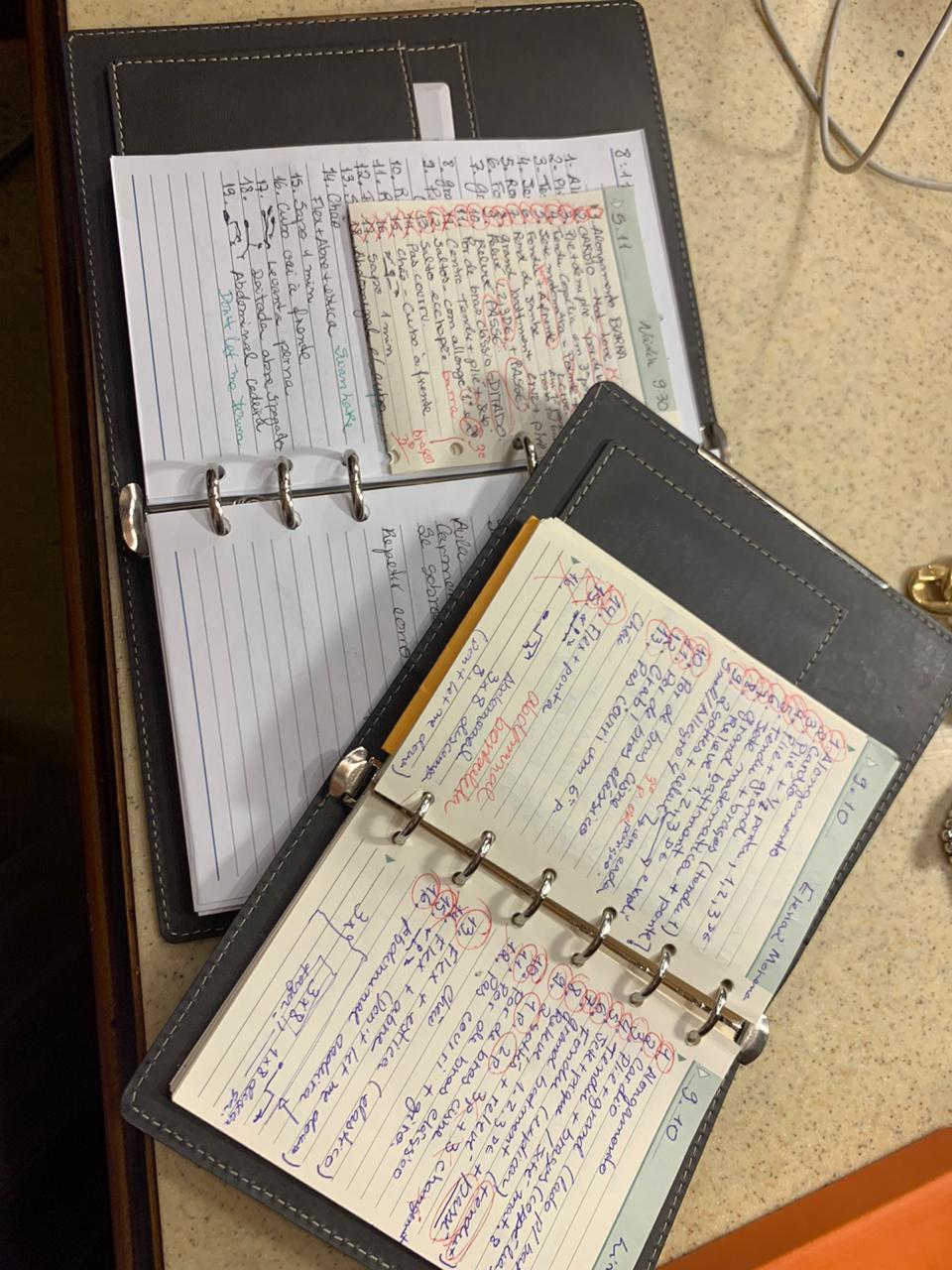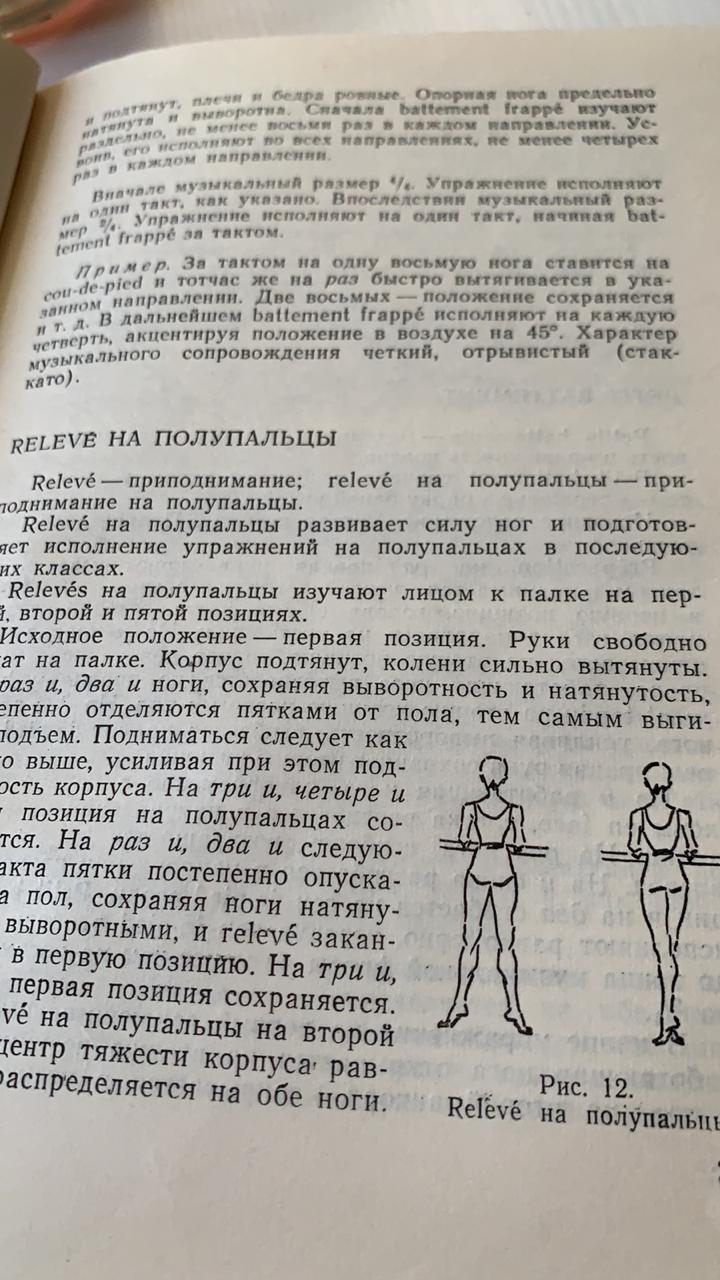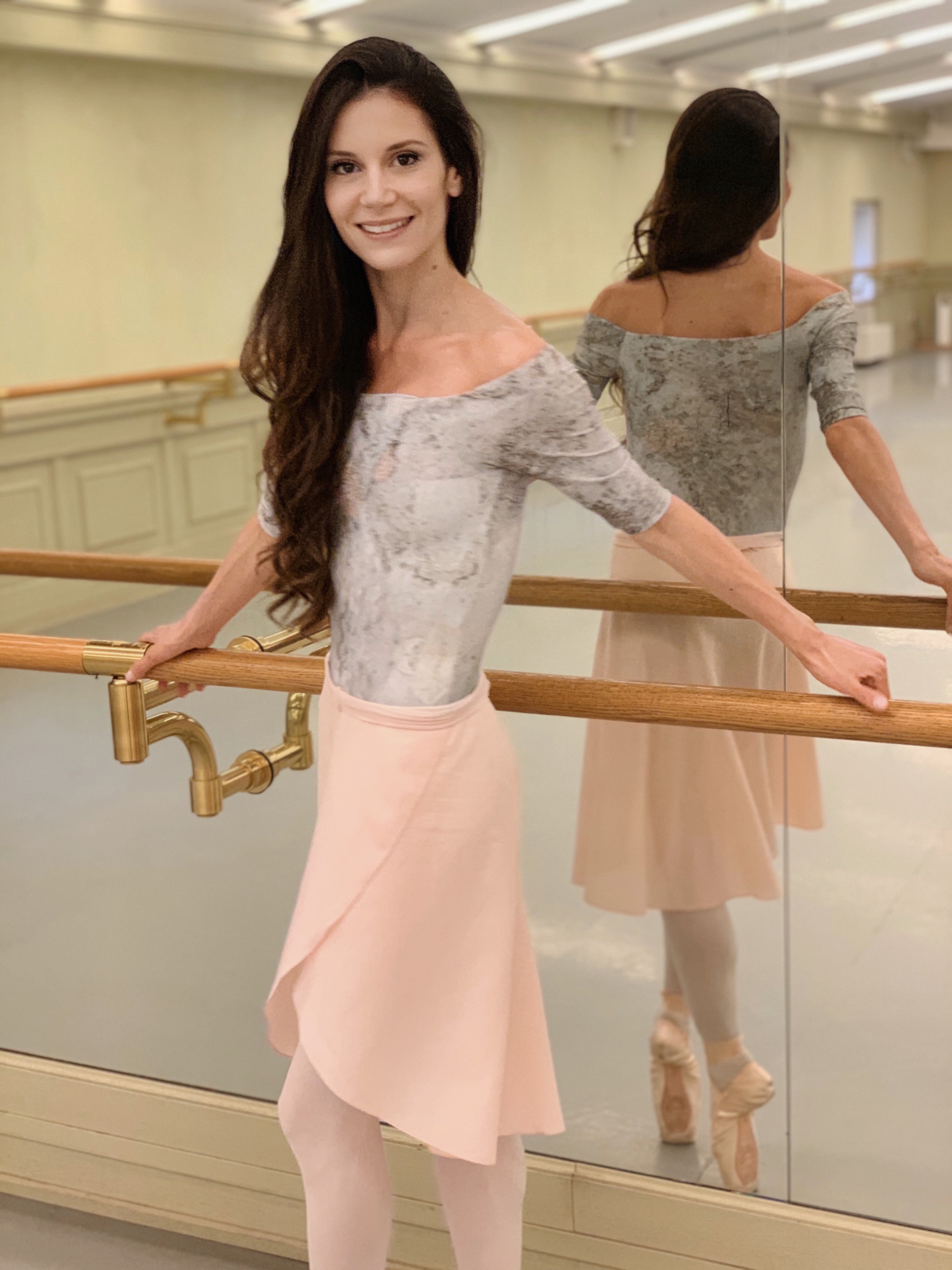
Blog
LIFEHACKS FOR PROFESSIONAL BALLERINAS WHO WANT TO GIVE CLASSES TO ADULT BALLET AMATEURS
ZIDANS X MARIANA GOMES
LIFEHACKS FOR PROFESSIONAL BALLERINAS WHO WANT TO GIVE CLASSES TO ADULT BALLET AMATEURS
Where to start from, if you decide you want to try your hand in ballet teaching (sources of information, system/approach, how to prepare for the class, how to motivate yourself and your students).
Mariana Gomes - first ballerina from Brazil to be invited to work at Bolshoi Theatre. 15 year-long career in dance. Currently balances dancing and teaching ballet for adult amateurs at Central Ballet School³ in Moscow.
BY MARIANA GOMES
NOVEMBER 11TH, 2020
1. Interviews with different professionals
Before preparing my first class for non-professionals as a teacher I did several interviews with different professionals, from fitness, ballet teacher for children, ballet teachers from big theaters.
For instance,from the fitness trainer, I learned about the risk of touching or physically forcing students into stretching. Always ask for permission before touching the student's body. He also advised me to add cardio as a warm-up. Theater teachers have taught me the psychological part, how important it is to know when to praise, when to demand and what to demand. Most of the details you learn with practice and the advice will be remembered over time.
2. Videos on YouTube
Nowadays on the internet we have access to various classes, exercises and ideas. Amazingly, the videos and explanations that I liked the most were from Brazil¹. Many teachers have dedicated themselves to ballet for non-professionals in Brazil for years, since professional ballet in Brazil still suffers difficulties for some success.
Even with all this information, the best way is to create your own method, based on what you believe is important to go over trying to always keep the basis of some methodology, in my case, Vaganova method. I often go back to the books to recall important details when explaining certain steps (for me it is Alphabet of Classical Dance by Nadezhda Bazarova and Varvara Mey²). We often teach adults the same way we teach a 6-7 year old child.
When I was invited to teach classes for adult beginners, the first difficulty was to understand what will be possible for them to perform and if a dance will be pleasant in the end for example. I did an experiment online with my mother, a great exercise for the legs with a half point and Demi plie, holding the chair (bar) and she loved it, it was painful the next day, but the challenge was approved. She also commented that dancing at the end of the first class was not very nice, as she felt unprepared. Detail: My mother is 63 years old, has never danced and does not exercise.
I have always been in favor of praising the student for any small victory, but only in class and knowing each student you learn that for each personality a different approach will work. I still remember during the Institute's classes, my teacher mentioned this detail: some students only work on the basis of praise, others to the contrary. Psychology is very important, almost 80% of the guarantee of success. Knowing how to speak and treat each student is essential.
I cannot go to school to teach without preparing 100% of the class, from beginning to end, choosing the music for each exercise and focusing on the difficulties for each student. At the end of the class, I always take notes, as a reminder for the next class what should be redone, what should be improved and exercises we have done.
I prepare each class - write a list of basically 16 to 25 exercises (depending on the student). During the class I realize I need to work one exercise more than another, so I postpone some exercises to the next class, or I note for myself, that one or another part of the exercise is difficult for the student and that we will have to work more on this aspect in the next classes ahead. For instance, if I notice that the student do not have coordination to perform an exercise with the arms on the bar, then next class I will prepare several exercises for coordinating arms and legs little by little. Everything should be noted, in my case there are many students and many individual classes, I like to have personal attention for each one.


The great pleasure of giving classes to adults who are not professionals is knowing that they attend their classes willingly. Just as children are taken to ballet by their parents and just as many professionals obviously view ballet as work, it is a delight to teach those who really want to learn!
Follow Mariana Gomes on Instagram https://www.instagram.com/marianagomesss/
1 - Video with instructions from Brazilian dancers:
https://www.instagram.com/p/CErbep6Jsz5/?utm_sourc...
https://www.instagram.com/reel/CGFd-P1p_CL/?igshid...
2 - Alphabet of Classical Dance by Nadezhda Bazarova and Varvara Mey (Азбука классического танца, Базарова Надежда Павловна и Мей Варвара Павловна)
3 - Central Ballet School https://cbs.moscow/


